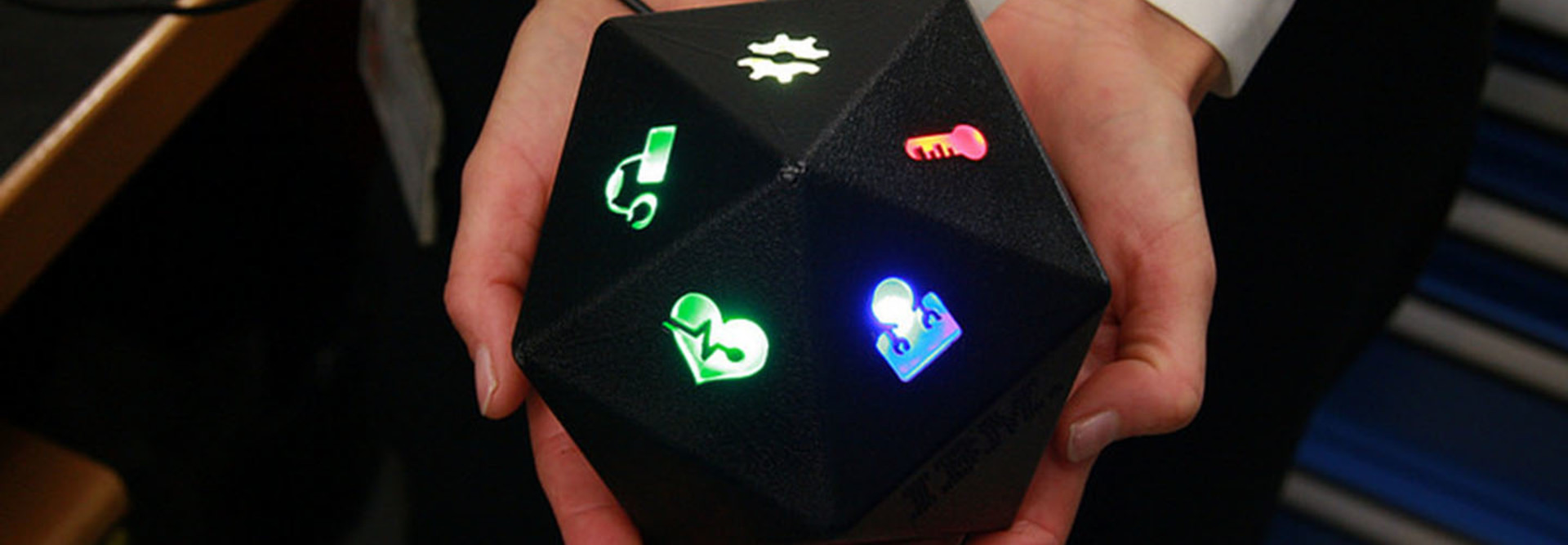IBM Wearables Hub Promises to Enhance Home Care
IBM is promising to move the Internet of Things inward, introducing a new phenomenon made possible by wearable technology: the Internet of the Body. Moreover, with a new report from ABI Research forecasting that the patient-monitoring wearable market will skyrocket from 8 million shipments in 2016 to 33 million in 2021, wearables are proving to be a prime area of growth for the healthcare field.
IBM’s vision is part of a new trend: technology-forward doctors' offices that collect information from Fitbits, Apple smart watches and other health-related wearables to create a real-time picture of a person’s health. With a more holistic picture of health in mind, researchers at IBM recently developed a prototype hub for wearables called a cognitive hypervisor. The device, essentially a wearables hub, streamlines the process of pulling data from various wearable devices to share with doctors.
The tool sifts data from wearables, such as blood pressure and temperature, and sends it to the IBM cloud, where that information is then analyzed and passed along to doctors.
“Our goal is a health companion and we call it the cognitive hypervisor,” Bruno Michel, an advanced micro integration researcher at IBM’s Zurich Research Laboratory, says in a blog post on the company’s research site. “We want to enable patients to leave the hospital sooner, so they can recover from the comfort of their own home, while still receiving care remotely from trained medical staff.”
Michel maintains that with wearables becoming a more trusted means of monitoring vital signs — and miniaturized computers able to unobtrusively collect and analyze data flows from our body — technology like the cognitive hypervisor will make it possible for patients to safely recover at home. As a result, patient satisfaction could increase while healthcare costs drop.
An All-Encompassing Wearable Hub Can Augment In-Home Senior Care
The World Health Organization predicts that between 2015 and 2050, the world’s population of people over 60 years old will nearly double — jumping from 12 percent to 22 percent. With the pace of the aging population changing much faster than in the past, wearable devices and smart gadgets are essential to ensuring that seniors can age comfortably and safely in their own homes.
Data gathered via wearables is emerging as a way to monitor health 24-hours a day as well as create predictive analytics around health events, according to an ongoing study by CDW and partners Intel and Big Cloud Analytics. The study is currently looking at the use of wearables by 600 seniors across the country.
“The average life expectancy really in the last 100 years has doubled in most developed countries, but we haven’t necessarily kept up with that in terms of our culture and in terms of the way we treat older people,” Ken Smith, a senior research scholar and director of the mobility division at the Stanford Center on Longevity, said in a presentation at the 2017 HIMSS conference. “What we’re looking to do is make it a good thing that most of our population is actually having the opportunity to live to advanced ages. We work under this mantra that to the extent that people can reach old age mentally sharp, physically fit and financially secure, that those really provide the pillars of a positive aging experience.”
With wearables proving essential to senior care going forward, the cognitive hub can help augment the use of wearables with other smart technology in senior homes, “reminding patients when to take their pills, when to take a rest or sit down, and in an emergency, call an ambulance,” according to IBM. Moreover, much like the recent Amazon Alexa and Web MD integration, patients will be able to ask the cognitive hypervisor medical questions through Watson’s application program interface.









